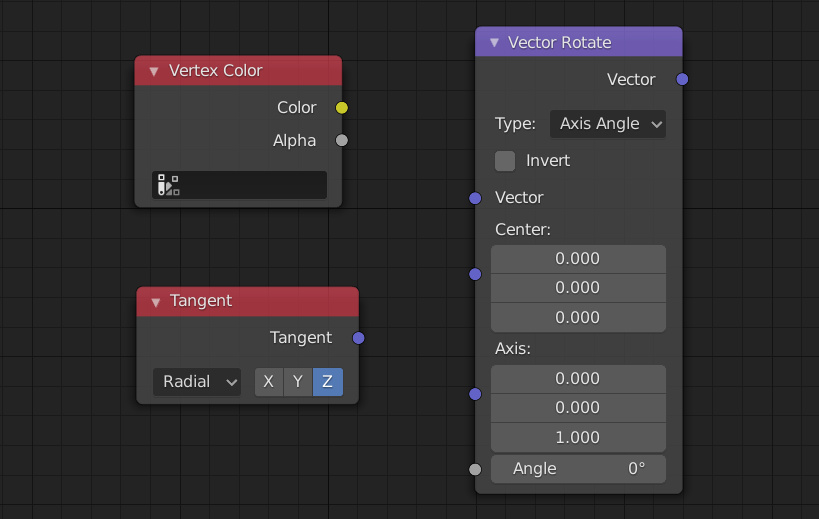

But you can switch between Cuda and Optix at any time.įor AMD graphics cards, use OpenCL. If you are a general artist, the features you mostly would need are Baking, the Ambient Occlusion and Bevel nodes. Ambient Occlusion and Bevel shader nodesĪlso, these are features that are not supported on GPU, instead you must use CPU to enable these.Įxternal content: Blender manual, GPU rendering supported features.
#DISABLE AUTORENDER BLENDER MANUAL#
It is the faster option but lacks some features.Įxternal content: Blender 2.90 release notesĪccording to the manual these features are supported by Cuda but not Optix.
#DISABLE AUTORENDER BLENDER SERIES#
Since Blender version 2.90, Optix should work with NVidias older series of Graphics cards, all the way back to the 700 series according to the release notes. If you have a supported Nvidia GPU you can use Cuda. At the top you will find the Cycles render devices section. Go to Edit->Preferences and find the System.

Here we will also see if Blender recognize any supported GPU in your system. In most cases it improves performance.īefore we can use GPU however we need to go into our preferences and set our compute device. If you have a supported GPU you most likely want to use it for rendering. Just below the feature set we have the device. If we also go to the modifier stack and add a subdivision surface modifier you will see that the interface has changed, and we can enable adaptive subdivision.īut let's not get too far outside the scope of this article already. If we enable experimental feature set, a new section appears in our render settings called subdivision. Suggested content: Artisticrender's E-Book It has helped many people learn Blender faster and deepen their knowledge in this fantastic software. The idea is that we can improve performance by adding more geometry closer to the camera where it is mostly visible and save on geometry further away from the camera so that we may save performance.īy the way, if you enjoy this article, I suggest that you look at my E-Book. This is an advanced feature that allow subdivided objects to subdivide according to how close the geometry is to the camera. The most noteworthy experimental feature is adaptive subdivision for the Subdivision surface modifier. If we switch to experimental, we get some additional features we can use. In Cycles we can use Supported and Experimental. The primary ray-traced render engine for Blender. In this case are looking specifically at Cycles. If we have other render engines installed and activated, we can choose them from this list.

By default, we can choose between three engines.

Related content: The complete beginners guide to Blender nodes, Eevee, Cycles and PBR Cycles general settingsĪt the very top we find a few general settings that doesn't belong to any category. The talk is by Lukas Stockner.Įxternal content: Blender conference talk - Introduction to Cycles Internals - Lukas Stocknerįor learning about shading in Cycles and Eevee, you can start with this guide. Related content: How the light path node works in BlenderĪnother great resource is this YouTube video from the Blender conference 2019. Understanding the light path node is an effective way to see how Cycles handles light and calculates the final color for each pixel in a scene. If you are looking for a beginner's guide, I would encourage you to start in the Blender manual and then check out my article on the light path node. This is not a complete beginners guide to Cycles, instead we look at specific settings and discuss what they do. Here we find settings divided into several categories. That is the camera icon, second from the top. The goal for this article is to explain and explore most of the Cycles render settings and build a better foundation for artists so that they know what happens the next time they press render.Ĭycles render settings are found primarily in the properties panel if you click the render tab. But I would bet that there are at least a handful of settings you don't know much about. If you have worked with Blender and Cycles for some time, you probably have a good understanding of a few render settings.


 0 kommentar(er)
0 kommentar(er)
